Comino
Comino is a tiny island, just 3.5 km² in size, and forms part of the Maltese archipelago. Kemmuna, as it is called in Maltese, sits neatly between its larger sister-islands of Malta and Gozo and comes under the administration of Għajnsielem, a municipality of Gozo. It has a residential population of 3 people, although this increases considerably at the height of the summer season, with many holiday-makers visiting the island’s popular crystal-clear bays or staying in the hotel or holiday bungalows there.
A popular tourist attraction
The island’s name originates from cumin - the spice - which was once prevalent throughout the archipelago. Comino was inhabited by farmers during Roman times, but for much of its history, the island has either been privately owned or simply uninhabited. With its limestone cliffs, hosting a multitude of caves and coves, the island was an ideal hiding place for pirates or their stash during the Middle Ages. During the time of the Knights of Malta, the knights themselves would use the island as a private hunting ground to catch wild boar and hare.
It was later used by them as a place of imprisonment for unruly knights. Nowadays, Comino is a bird sanctuary and nature reserve, as well as a popular destination for both locals and tourists.
Beaches and Activities
Although people do choose to stay in the relaxing hotel or bungalows on the island, most people visit Comino on day trips. There are many tour operators that organise frequent boat excursions to and around the island, with the Blue Lagoon being the most popular (and therefore most crowded) destination. With its small sandy beach and its nearby snack bars, the Blue Lagoon is an ideal location for a lazy day soaking up the sun, having a bite to eat and swimming in the clear waters. For the slightly more active visitor, the sea is teeming with marine life so diving and snorkelling are fascinating pastimes. Windsurfing can also be enjoyed around Comino. Other beaches on the island include Santa Marija Bay and St. Nicholas Bay.
St. Mary's Tower
Designed in 1618, the 12-metre tall St. Mary’s Tower was built as a fortification for Grand Master Alof de Wignacourt, to form part of the archipelago’s defences. Other towers, such as Wignacourt Tower in St. Paul’s Bay, formed a chain of communication and defensive towers to alert and defend against attacks from the Turks. St. Mary's Tower improved communications between Malta and Gozo, and by 1791 housed five large cannons and a garrison of around sixty soldiers. In the 17th Century, manning the tower formed part of the dangerous duties given to imprisoned knights as punishment for their wrongdoings, and during the French Blockade, the tower became a prison for those suspected of spying.
The British Military stopped using the tower in 1829, but it saw active service once more during the First and Second World Wars. Today, after major restoration in the early 21st Century, the tower is still used as a watch tower to look for untoward activities at sea, or for the illegal hunting of migratory birds. The tower is a common place for walkers to visit whilst exploring Comino.
The Chapel
The earliest recorded chapel on Comino dates back as far at the 12th Century. The current chapel, dedicated to the Sacred Family Upon its Return from Egypt, is a small Roman Catholic Church originally built in 1618 and then extended twice more, in 1667 and 1716. Mass is conducted by a priest every Saturday night and Sunday morning for the handful of locals, the hotel staff and the tourists. The chapel can be found above Santa Marija Bay.
St. Mary's Battery
The Battery, constructed in 1716, formed part of the archipelago’s defences at this time. It can be found facing the South Comino Channel and it still houses two large cannons.
Accommodation
Comino Hotel, built in the 1960s, is situated above St. Nicholas Bay and has two private beaches of its own. Day trippers are welcome to use the hotel’s bar and restaurant.Holiday bungalows are situated by Santa Marija Bay and provide a perfect tranquil getaway for tourists. There is a Police Station between the bungalows and the chapel.
Comino in film
You might recognise the Blue Lagoon and Comino caves from the big screen! Popular with film-makers, Comino was used as a film location for scenes in the mini-series Helen of Troy and the films Swept Away (featuring Madonna) and The Count of Monte Cristo.
Shopping cart View
Open the shopping cart to review the items you have put in.


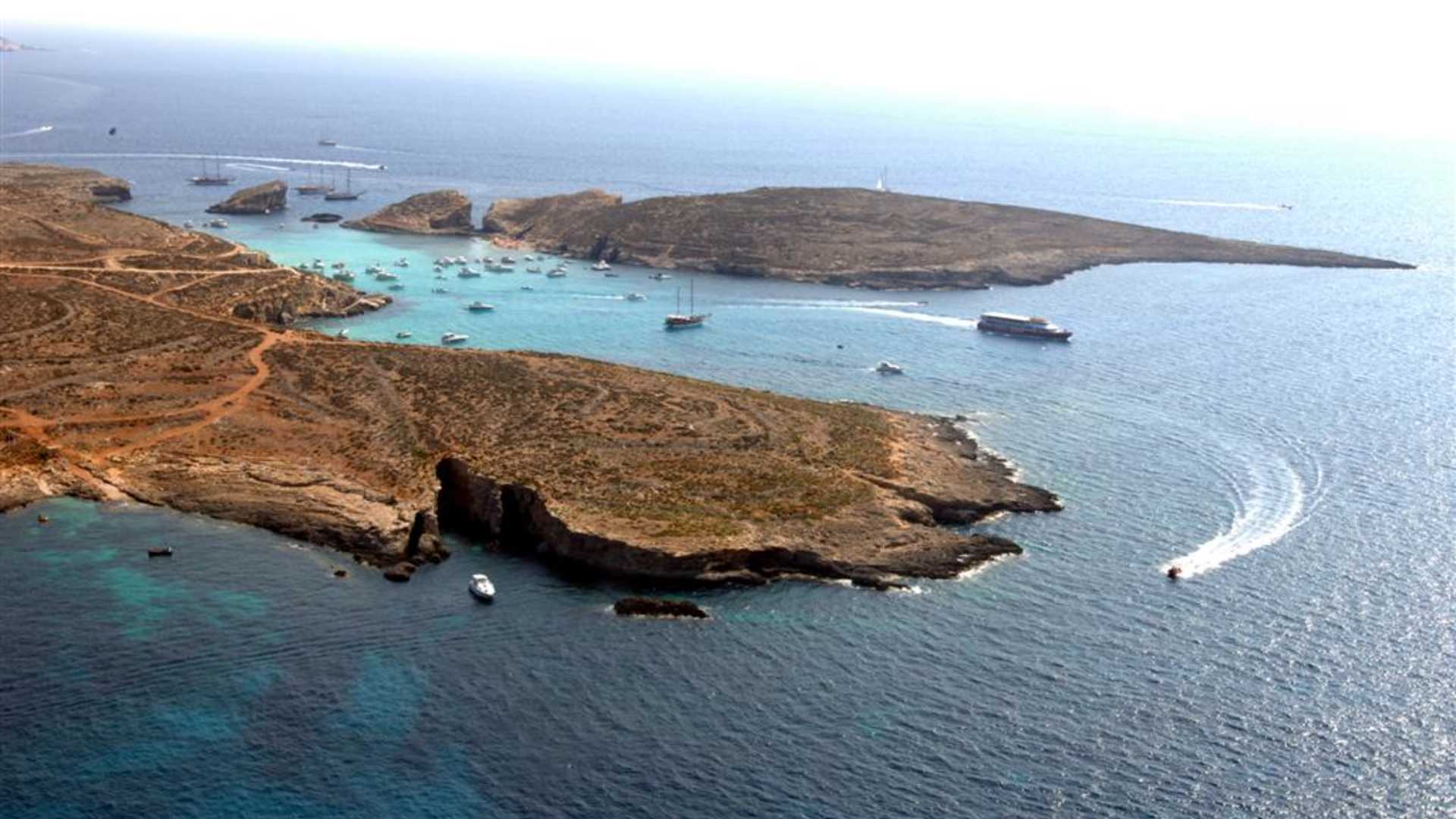
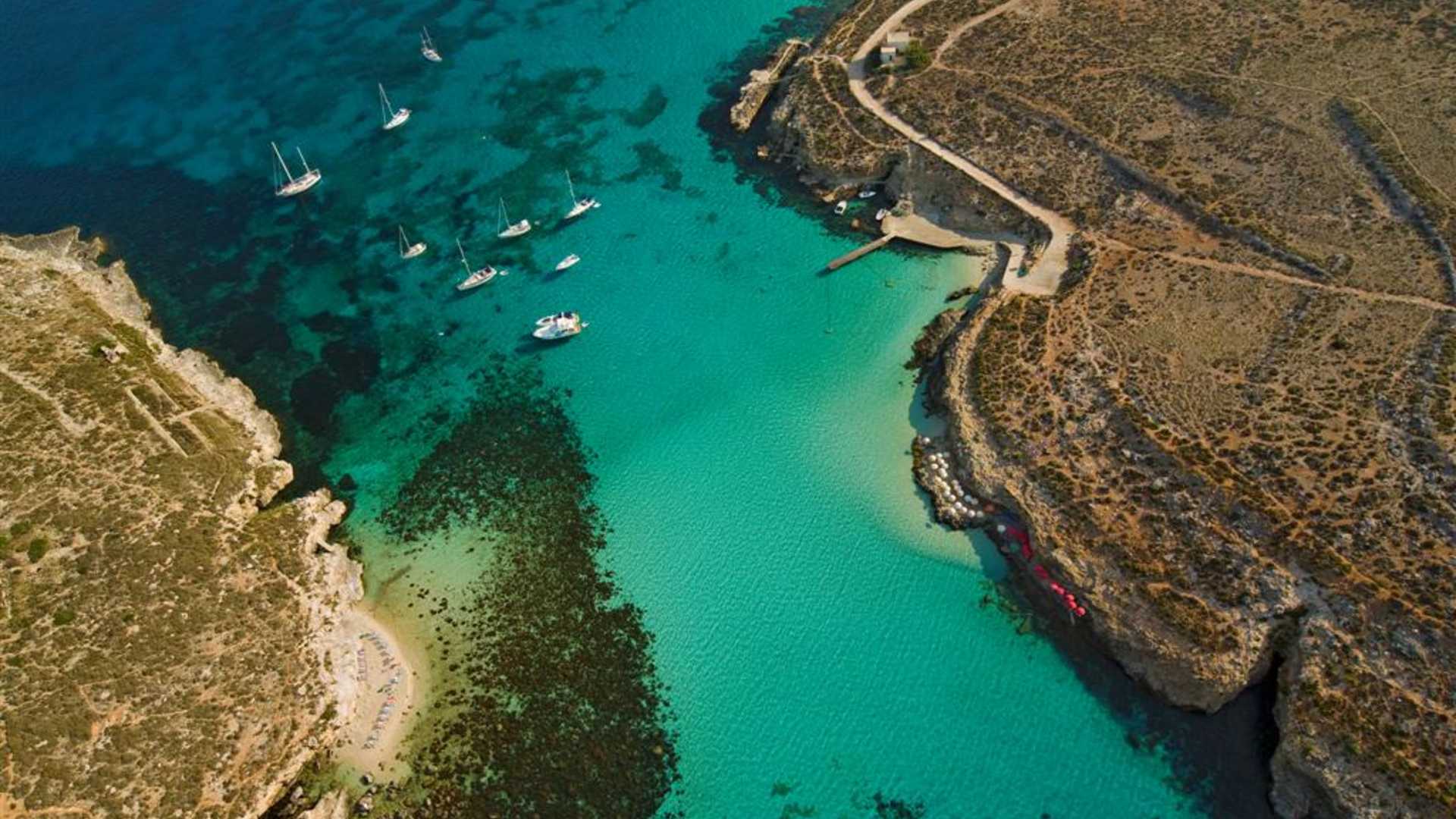

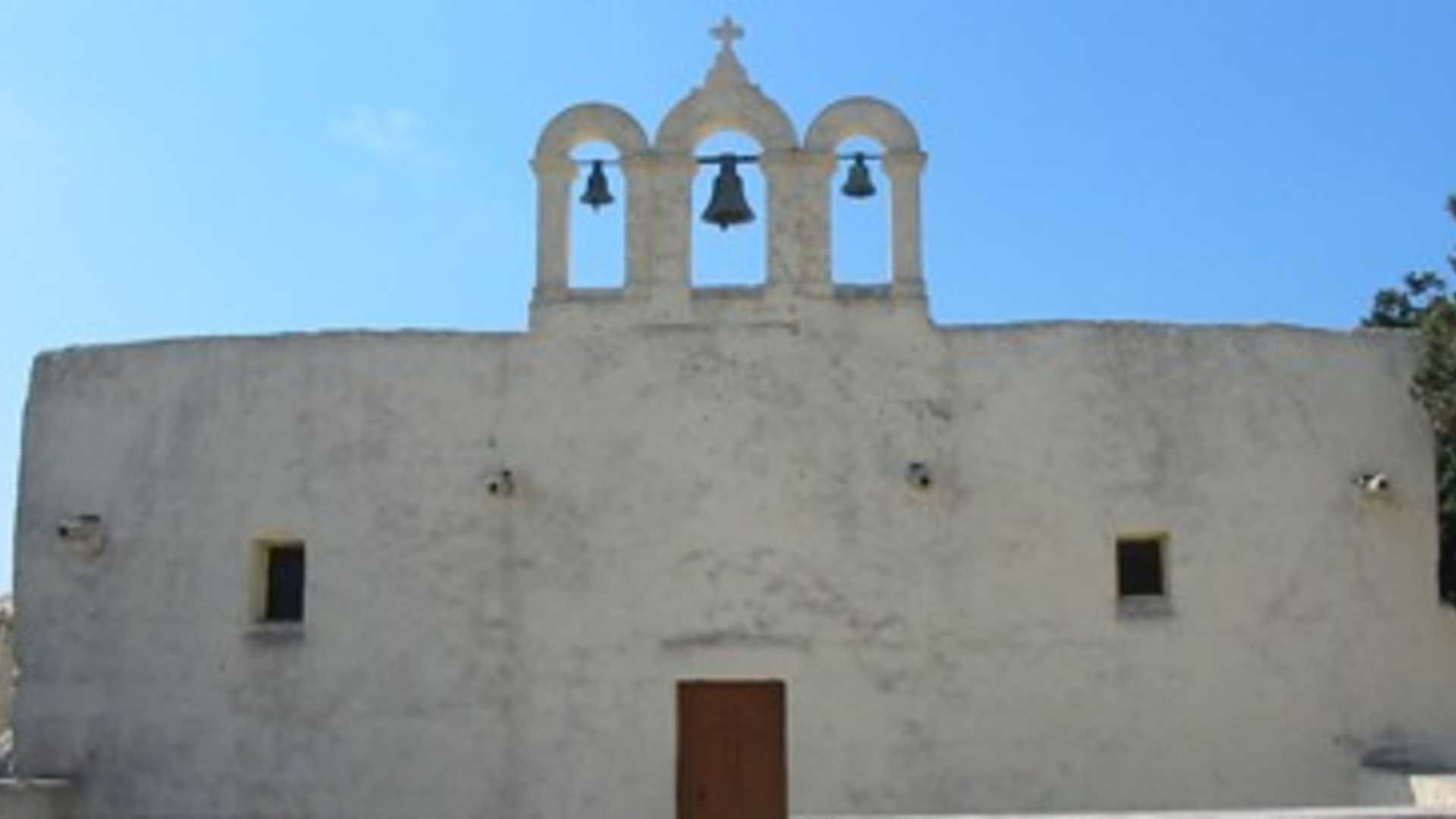
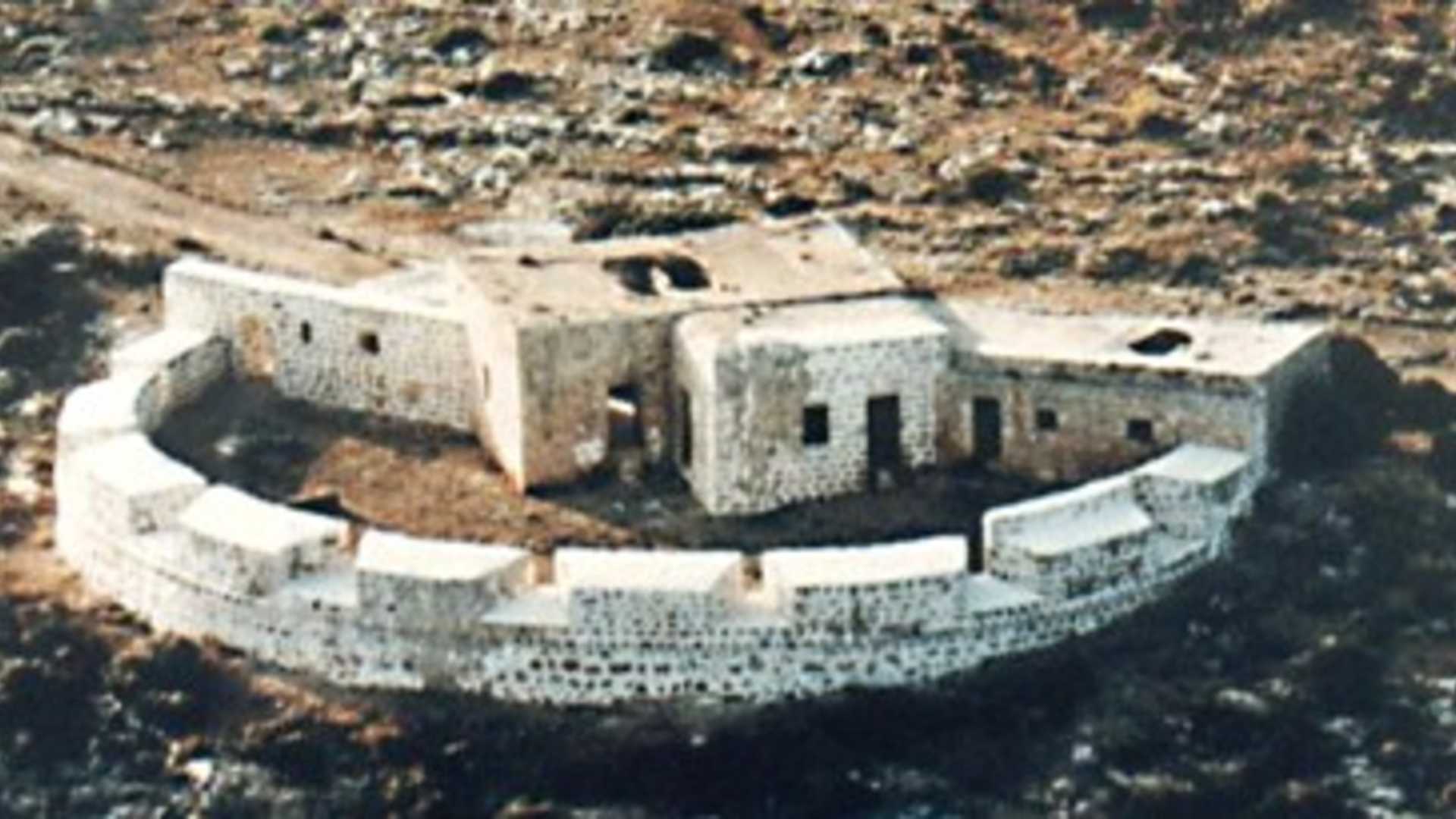

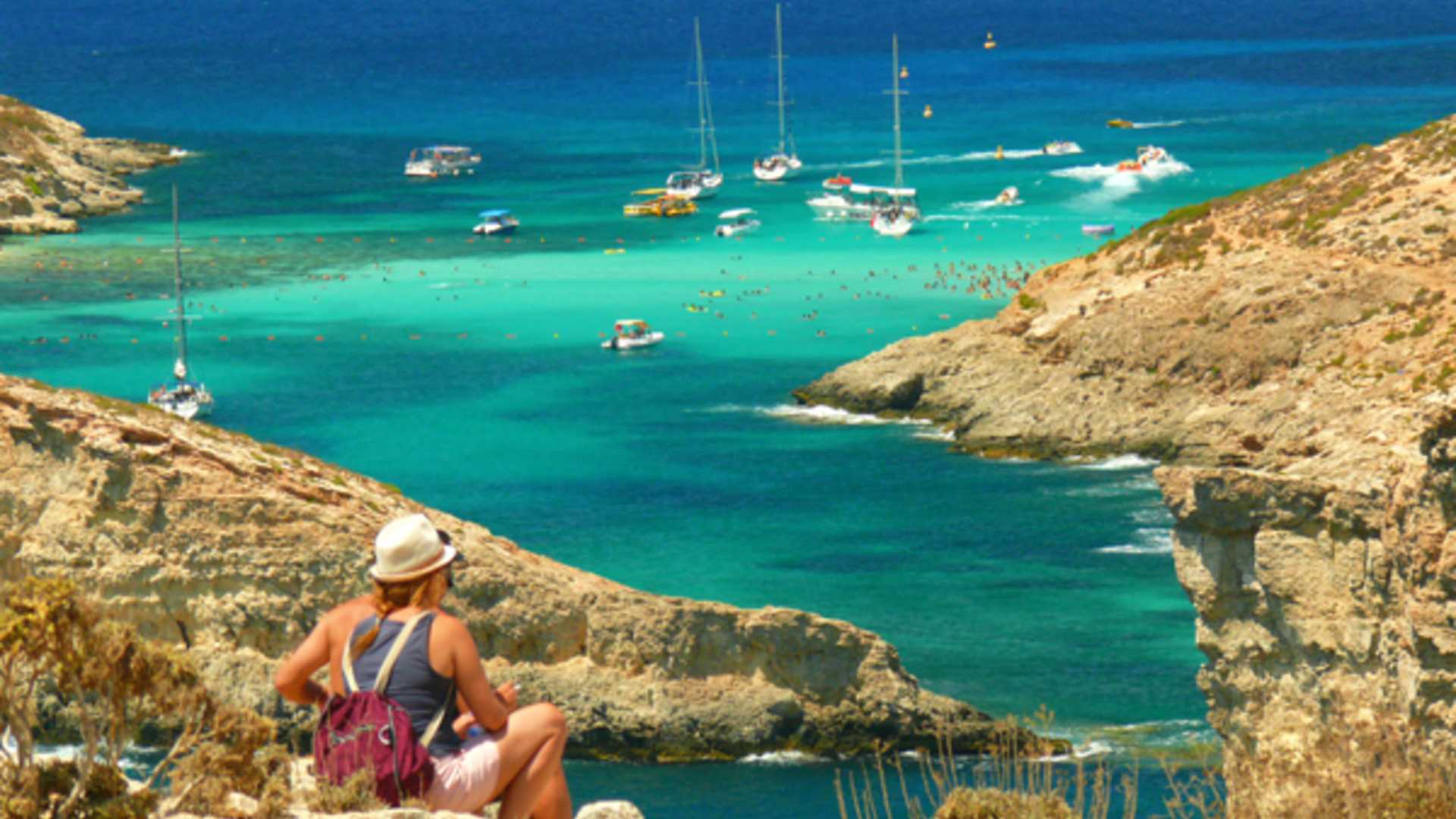







Facebook
FacebookTwitter
TwitterLinkedIn
LinkedIn